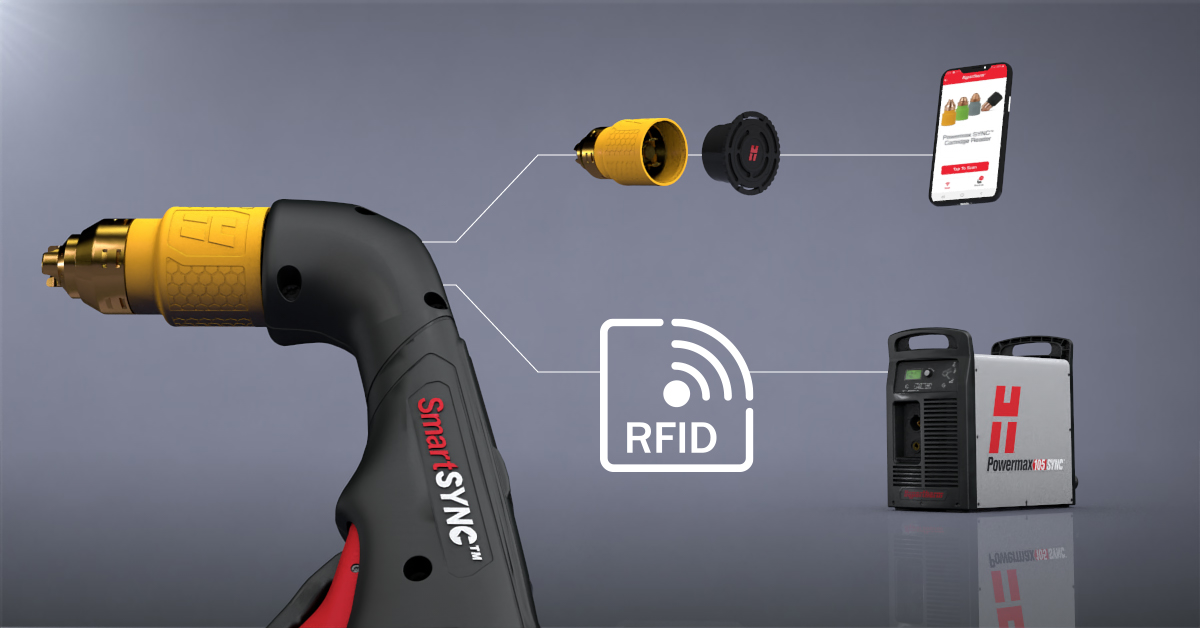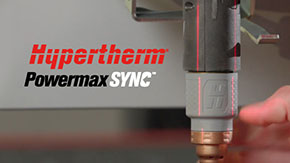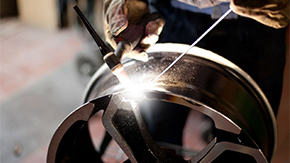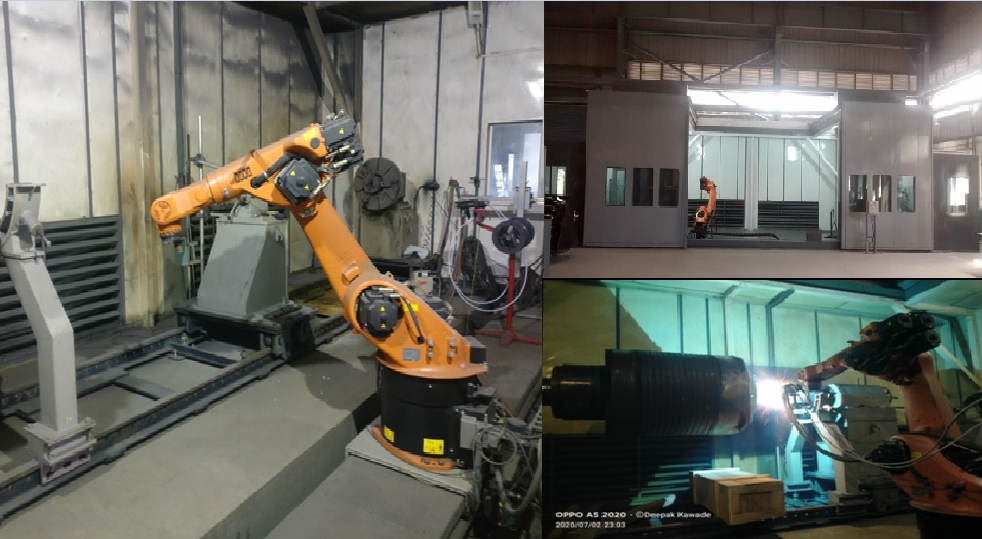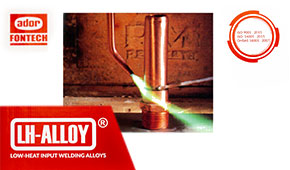Non-Fusion Welding with Brazing & Soldering
Table of Contents
- Advantages & Disadvantages with Non-fusion welding
- Advantages
- Disadvantages
- Four Requirements of Brazing and Soldering Process
- Clean Metal
- Filler Rod
- Flux
- Heat Source
- Importance of Controlling Heat in Soldering & brazing
- Soldering
- Brazing
Soldering and Brazing form a part of non-fusion welding processes, where only the filler rod is melted in the process.
The three common processes used in non-fusion welding are :
- Soldering
- Brazing
- Braze welding
Advantages & Disadvantages with Non-fusion welding
Let’s take a look at the advantages and disadvantages of this type of welding.
Advantages
- Lower temperature
- Easy assembly
- Welds dissimilar metals
- Allows disassembly/realignment
- Joins metals of different thicknesses
- Joins different types of metal
Disadvantages
- Results in lower tensile strength
- Not an efficient method for thick metal
- Not an efficient method for large parts
Depending on the specific application, this welding is also an accepted method.
Four Requirements of Brazing and Soldering Process
- Clean metal
- Appropriate filler rod
- Correct flux
- Heat
Clean Metal:
This process needs the metal being welded to be clean, for the following reasons.
- For Soldering and brazing processes bond metal by adhesion, which is the molecular attraction exerted between bodies in contact.
- Molecular bonding requires a clean surface – not a polished surface.
Filler Rod
Suitable filler rods are an essential part of the process. Such filler rods are available for many soldering and brazing processes.
- Brazing: A brazing rod is available as a bare rod or a flux-coated rod.
- Soldering:
- Solder can be a solid or flux core/paste
- Can be made of tin, silver, or zinc alloy.
Flux:
Flux must be used with all soldering and brazing processes.
- Three purposes of flux.
- Chemically clean the metal
- Shield from oxidation and atmospheric contamination
- Promote wetting
- Flux must be appropriate for the metal and filler material.
- Flux is available in three (3) forms.
- Paste
- Powder
- Liquid
Heat Source:
- Heat is measured in British Thermal Units and must be sufficient in measure to raise the base metal temperature above the melting point of the filler rod to make soldering or brazing joint
- Several heat sources can be used.
- Oxyacetylene
- Air acetylene
- Air propane (LPG)
- Oxy propane
- Electric soldering iron
- Electric soldering gun
Importance of Controlling Heat in Soldering & brazing:
- Metals are excellent conductors of heat
- Heat applied to the joint moves away from the joint.
- The greater the mass of metal that must be heated–the greater the heat requirement.
- Excessive heat will cause the flux to burn.
- Contaminates the joint.
- Joint must be re-cleaned
- Manipulation of the heat source may be necessary to heat both pieces evenly.
Let’s understand Brazing and Soldering:
Soldering:
Soldering is a process that uses a metal alloy that melts below 450oC and may or may not use capillary action. Capillary action (wicking) occurs when a substance is able to draw another substance into it, like a wick draws oil in.
Solders are divided into two categories:
-
- Soft
- Hard
- Soft soldering
- Lead or lead replacement solder
- Lower tensile strength
- Copper pipe and sheet metal
- Stained glass
- Hard soldering
- Silver-based solders
- Jewelry
Brazing:
The brazing process uses a metal alloy that melts above 450oC but has a lower melting point in comparison to the base metal. The melted filler metal gets drawn into the joint or kept in the joint through capillary action, and the brazing process relies on this. The capillary effect requires very minute gaps between metal surfaces, clean surfaces, and flux, and is a function of the ability of a liquid to wet a particular material. This is why the basic difference between soldering and brazing is the temperature of the process.
ADFL is one of the few companies in India manufacturing Brazing Alloys and Soldering alloys with the required flux. This product range of Ador Fontech limited signifies our concept of Life Enhancement of Industrial components to the complete satisfaction of customers.
Reclaim. Do not Replace.
Also read:- Corrosion and Cracks in Kiln Shells



